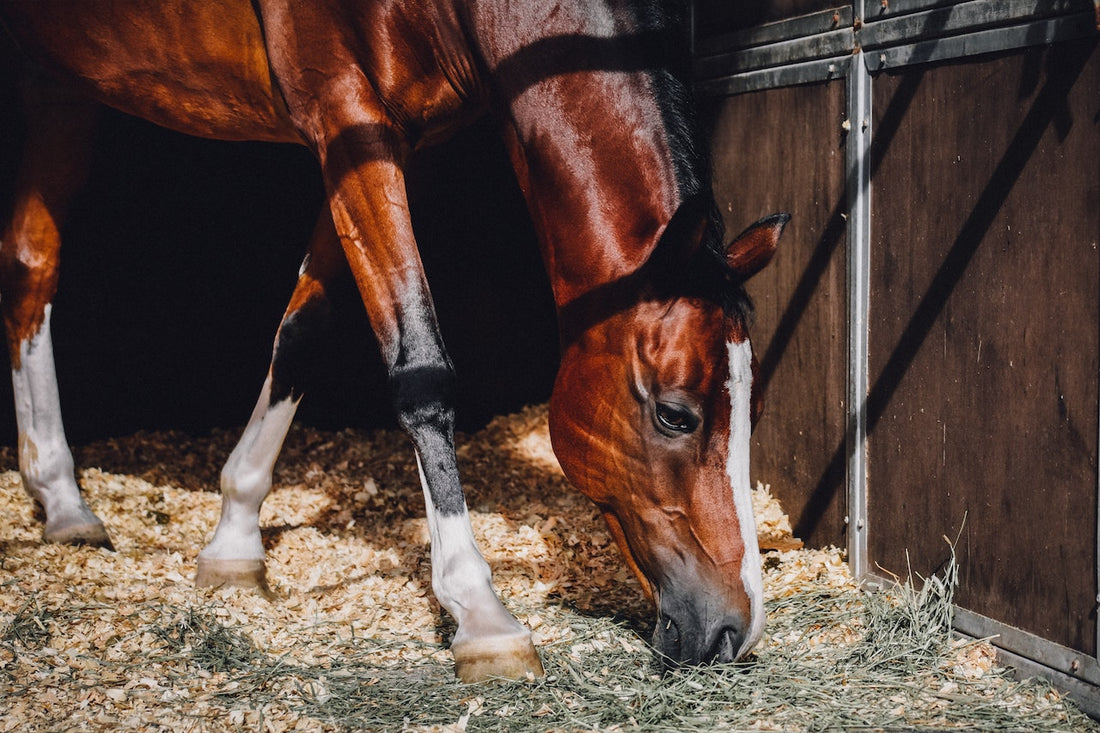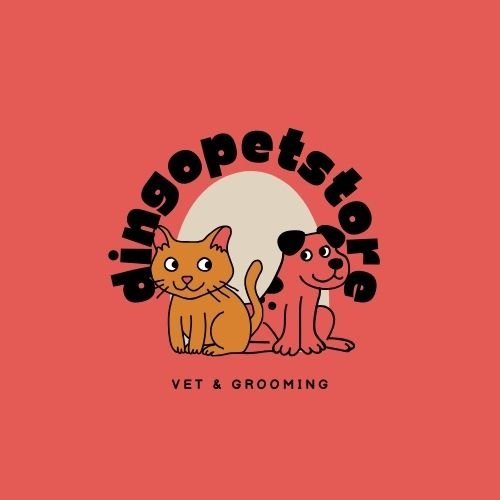In the world of horses, boarding stables offer different care options to horse owners. Let’s explore the various types:
Full Board
Full board service provides comprehensive care, including feeding, stall cleaning, and necessary care like hoof trimming and parasite control.
Partial Board
Partial board requires owners to supply feed, bedding, and stall maintenance. The facility offers stall space and pasture access.

Credit: www.farmhousetack.com
Pasture Board
Pasture board involves horses living outdoors, grazing on pasture with minimal shelter and basic care provided.
Self-Care Board
Self-care board means owners are responsible for feeding, grooming, and overall horse management at the facility.
Each boarding type offers distinct advantages catering to various needs and preferences.
Benefits of Horse Boarding
- Professional oversight and care
- Cost-effective compared to owning land
- Well-maintained and safe facilities for horses
- Ability to choose services based on individual requirements
:strip_icc()/headshot-portrait-of-a-horse-in-a-barn-1048367338-5b764af9b6a843f1b29425a25d6c74bd.jpg)
Credit: www.thesprucepets.com
Choosing the Right Boarding Facility
When selecting a boarding stable, consider factors like the type of care, facilities offered, and your horse’s specific needs. This ensures a harmonious boarding experience for both you and your horse.
Differentiating Your Horse Boarding Business
Setting your boarding stable apart involves offering unique services and catering to specific clientele preferences. Full care, partial, and self-care options allow customization based on the boarder’s level of involvement.
Understanding and offering diverse boarding options can enhance your horse boarding business and attract a broader range of clients.
In conclusion, horse boarding stables provide a range of services to accommodate differing needs and preferences of horse owners. Selecting the right type of boarding ensures the well-being and happiness of your equine companion.
Frequently Asked Questions On A Look At What Different Types Of Horse Boarding Stables Can Offer
What Does Horse Boarding Typically Include?
Horse boarding typically includes feeding, stall cleaning, and basic care, with options for partial or self-care boarding.
What Are The Different Types Of Facilities Used To Raise Horses?
There are different types of facilities used to raise horses, including barns, stables, and riding halls. These facilities can be categorized into three main boarding options: self-care, partial, and full-boarding. Self-care requires the owner to provide feed, bedding, and daily care.
Partial board involves the owner providing stall clean-out, while full-board covers all feeding and care services. Each option offers benefits such as professional care and suitable lodging for horses without the need to own land or real estate.
What Is A Horse Boarder Responsible For?
A horse boarder is responsible for providing feed, bedding, stall clean-out, and tending to the daily care routines. They ensure the horse’s space is maintained and all necessities are provided for.
What Are The Benefits Of Boarding A Horse?
Boarding your horse allows you to own one without the need for additional land. Professional care ensures their safety and well-being.

